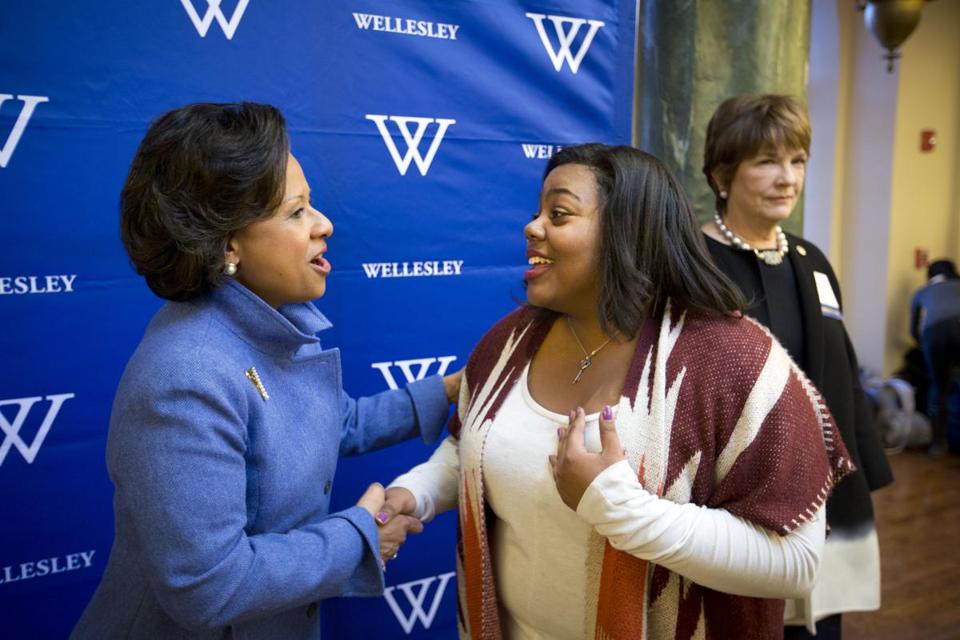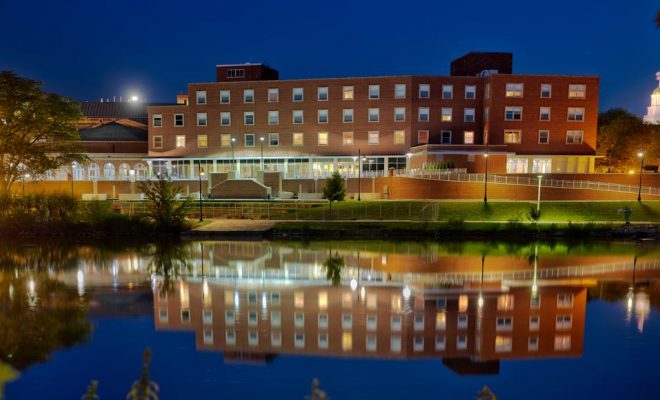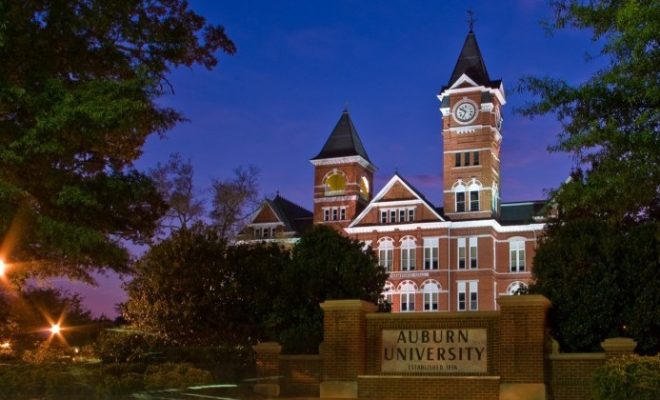4 Most Important Higher Education Happenings of 2015

2015 was full of activity, good and bad, for higher education. Let’s look back at just a few of this year’s happenings:
Are for-profit colleges in trouble? Two for-profit higher-education institutions announced the closing of multiple campuses nationwide. The Education Management Corporation and the Career Education Corporation will shutter the doors of more than 25 campuses across the country. Due to massive debt, both corporations can no longer afford to keep many schools open and have been forced to lay off employees.
The Art Institute, Sanford-Brown College, Sanford-Brown Institute, and maybe the Le Cordon Bleu culinary school as well, are all set to close soon. According to the Chronicle.com, the Art Institute has almost 5,500 students enrolled, and the shutdown process will likely take three years. All students impacted will have the choice of remaining enrolled in an effort to graduate prior to the school’s closure or transfer to another college.
The for-profit college industry has received biting criticism lately. Earlier this year, Corinthian shut its doors due to heavy fines and probes from the federal government. Everest College, maybe its most popular campus, is included under the Corinthian umbrella, as well as Heald and WyoTech. Students from Corinthian are in the process of fighting the United States Department of Education to have their student loan debt wiped away.
That process just got a little tougher as Corinthian has filed for bankruptcy protection. So if the students, or the Corinthian 100, plan to sue for debt forgiveness, Corinthian’s bankruptcy protection filing would potentially shield them from being held liable for the students debt.
This news of more for-profit colleges closing will hopefully spring Congress into action regarding how these institutions operate. Corinthian received nearly 90 percent of its revenue from federal student loans because tuition to attend these schools was astronomical.
Because student loan debt has become so burdensome, individuals are having to defer large purchases like a home or car. For students who attend a for-profit institution and that decides to shut down, their loan contracts should be reviewed with the real possibility of having their entire debt forgiven.
Southern states cutting higher education funding the most. A report by the Center on Budget and Policy Priorities (CBPP) shines a spotlight on how far funding for higher education has fallen since the start of the recession. Particularly for states in the South, funding “is down by more than 35 percent since the start of the recession.”
Overall tuition at public four-year colleges is up almost 30 percent since 2007. Even worse for students who attend schools in the South—like Florida, Georgia and Louisiana—the report states that tuition skyrocketed 60 percent. Considering the government has cut Pell Grants and wage growth has been stagnant, such a steep rise in tuition has likely priced many students out of attending many schools that continue to raise tuition.
In addition to the cut in funding, the CBPP’s report also shows that schools have also been forced to lay off faculty, cease certain courses, shutter library services, and completely close down campuses.
But the report isn’t necessarily full of bad economic news for colleges and universities. Policy makers may restore pre-recession level funding if they simply chose to raise revenue. Of course, that means some tax increases, and because many state legislatures are run by conservatives, that suggestion isn’t likely to fly in the Republican-controlled House and Senate chambers.
Other nuggets included in the report: 48 states have slashed per-student funding, spending on higher education is down 20 percent nationwide since the start of the recession, Louisiana is trending towards cutting per-student funding by 50 percent, and Kentucky chipped nearly $200 off of per-student funding last year.
In good news, some states did increase funding for higher education back to pre-recession levels. Alaska, Wyoming, and North Dakota all were in the blue compared to the rest of the nation.
To balance state budgets and keep the government funding, many lawmakers made the decision to stall funding for higher education. In turn, that made many colleges and universities raise tuition, cut faculty, and make other moves in an effort to save money.
Now we stand at a crossroads due to those decisions. Students are being priced out of attending post-secondary institutions, the quality of higher education has been compromised, and we’re still grappling with how to properly keep many colleges afloat.
This, unfortunately, is the price we pay for bad policy.
White House released college scorecard data. The White House released a large amount of data related to college cost, alumni earnings, wealthiest universities, and other information to help students and parents make the best decision when picking a college.
Dependent upon what one is looking for, it’s likely to be found in the College Scorecard.
For example, the scorecard allows for the comparison of two schools on average annual cost, graduation rate, and salary after attending. While these numbers are top level and are broken down into age and race on the surface, it at least gives a general idea of how affordable, pre- and post-degree, each school may be.
The University of Central Florida (UCF) has a healthy enrollment of more 50,000 students and costs just a little over $14,000 per year. Compare that to the University of Phoenix in Central Florida, and the cost jumps to nearly $19,000 per year. One is a public university and the other is a for-profit, private institution. Stark difference.
The scorecard also shows that the graduation rate at UCF is 66 percent while Phoenix barely walks 20 percent of the students enrolled, which is just 715. Of course, there is a major discrepancy in enrollment and cost between the two, but at 715, Phoenix should have a much higher graduation rate than 20 percent, right?
Other information of importance included in the scorecard is that “[t]he college and universities with the highest earners have pitiful proportions of Black students and Pell recipients, and modest enrollment of women.”
Schools that are the wealthiest and have alumni that earn on average more than $80,000 per year have a 5 percent enrollment of black students. Obviously, diversity in numbers and wealth aren’t to be found on this scorecard.
Providing vital data for parents to look over is great because it may be used a tool to really judge if one school is better than the other for the prospective student. But it also gives a reminder of just how far America needs to go in terms of race and economic diversity.
We are still too far behind.
Affluence impacts higher education. According to a report via the Times Higher Education, affluent children have a nearly 60 percent chance of “entering a highly selective university, compared with 27 percent for the less privileged group. The prospects of not entering any university were 8 percent and 27 percent, respectively.”
While this news isn’t necessarily new or surprising, it does continue to reaffirm a theory that higher education in the United States is not the model of equality that it really should be.
Student loan debt is a hot button issue now because it recently passed credit card and auto loan debt as the second largest type of debt that Americans hold. Couple that with news regarding debt, this report suggests how tough it may be for less-affluent children to enter America’s top colleges, and it reveals flaws in our higher education systems.
The report also shows that, no matter how higher education is structured in America and other countries, “affluent families will do whatever it takes to seek out qualitative advantages within the system that they face.” In essence, rich kids still have a leg up. While this is not surprising, it is disheartening in a country that claims to be a land of equal opportunities.
As mentioned on this site before, reorganizing how higher education impacts children who comes from less-affluent backgrounds is paramount. Tuition growth will have to be restricted, the government will have to completely restructure Pell Grants and student loans, and America’s economy will have to continue to improve for these kids to have a chance to succeed.
In your estimation, what were the biggest higher education happenings of 2015?




